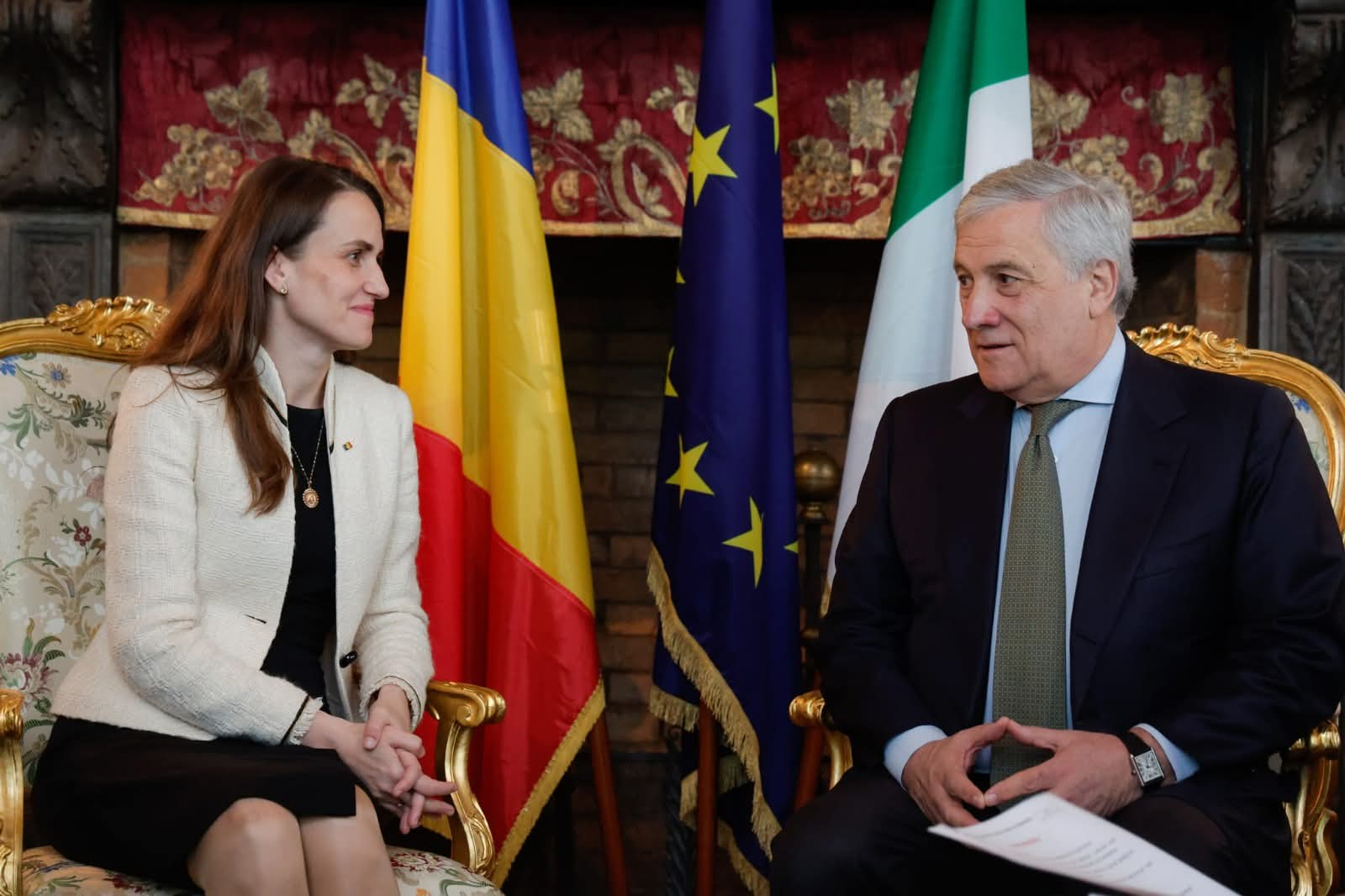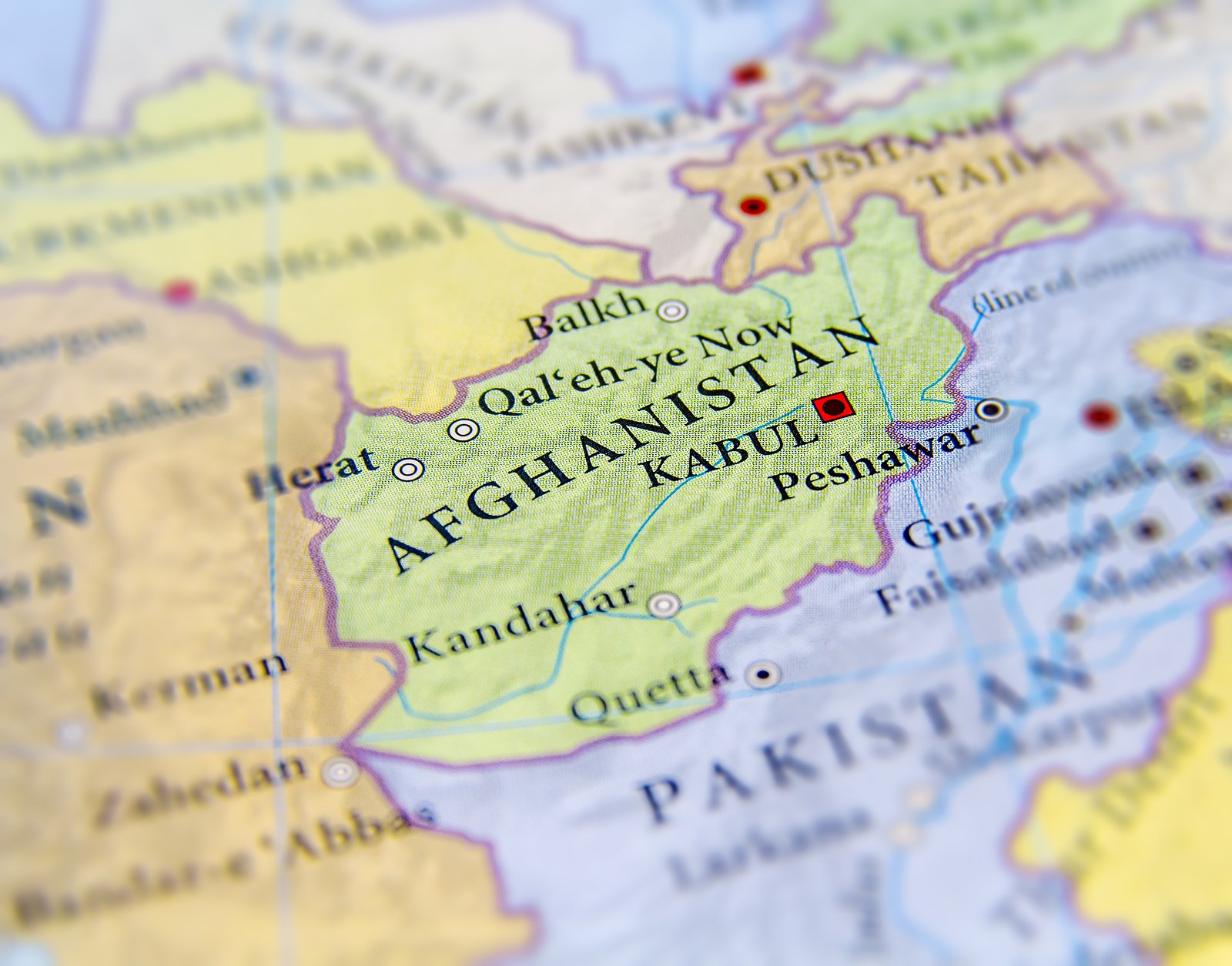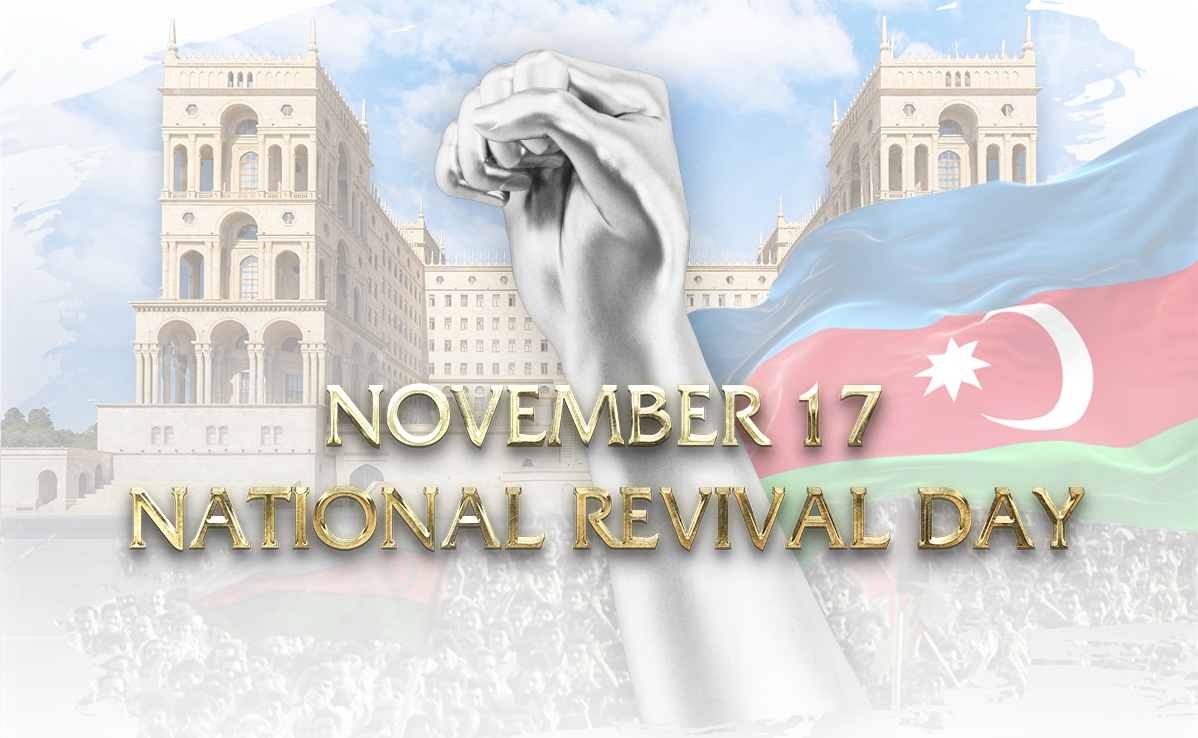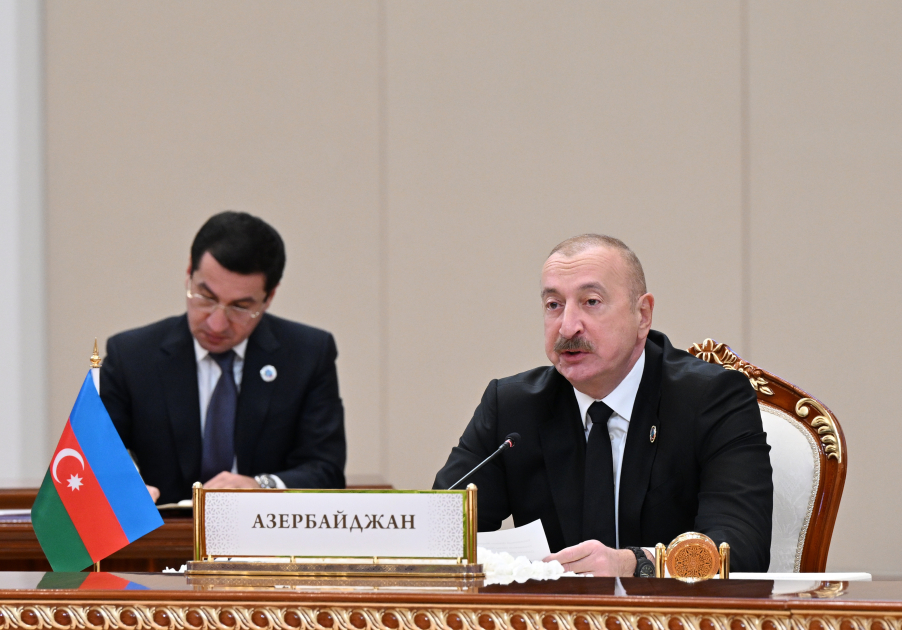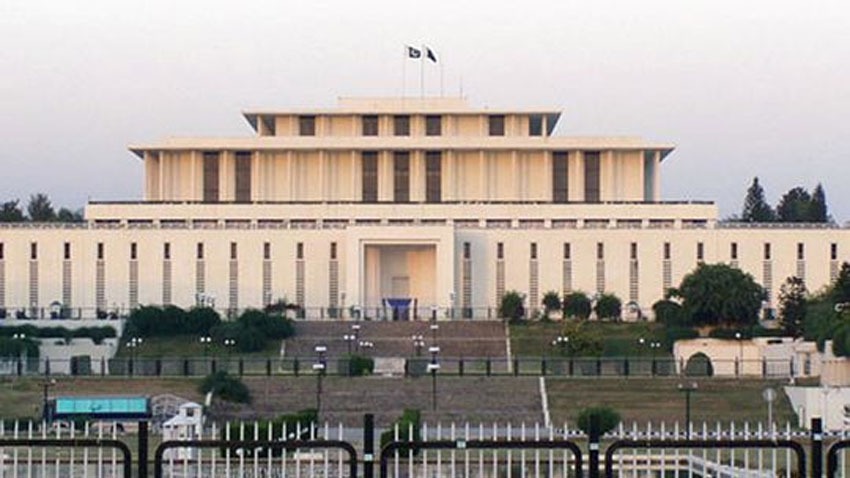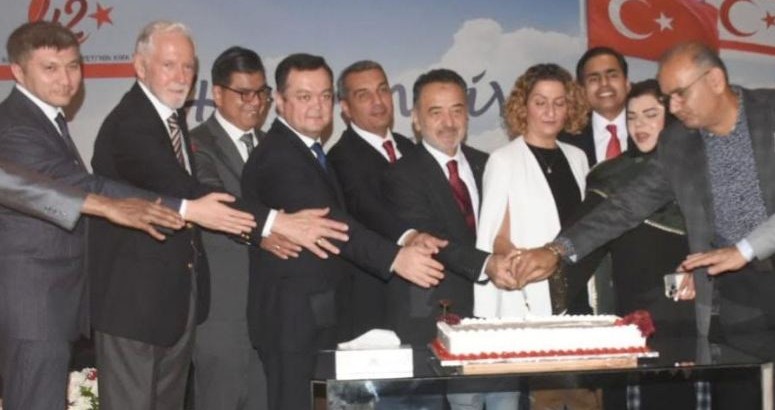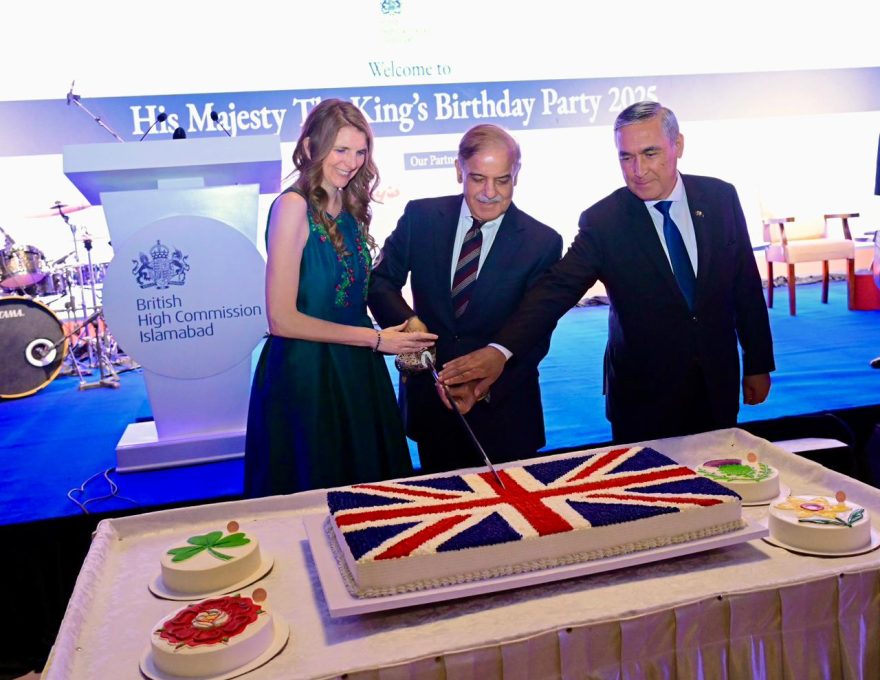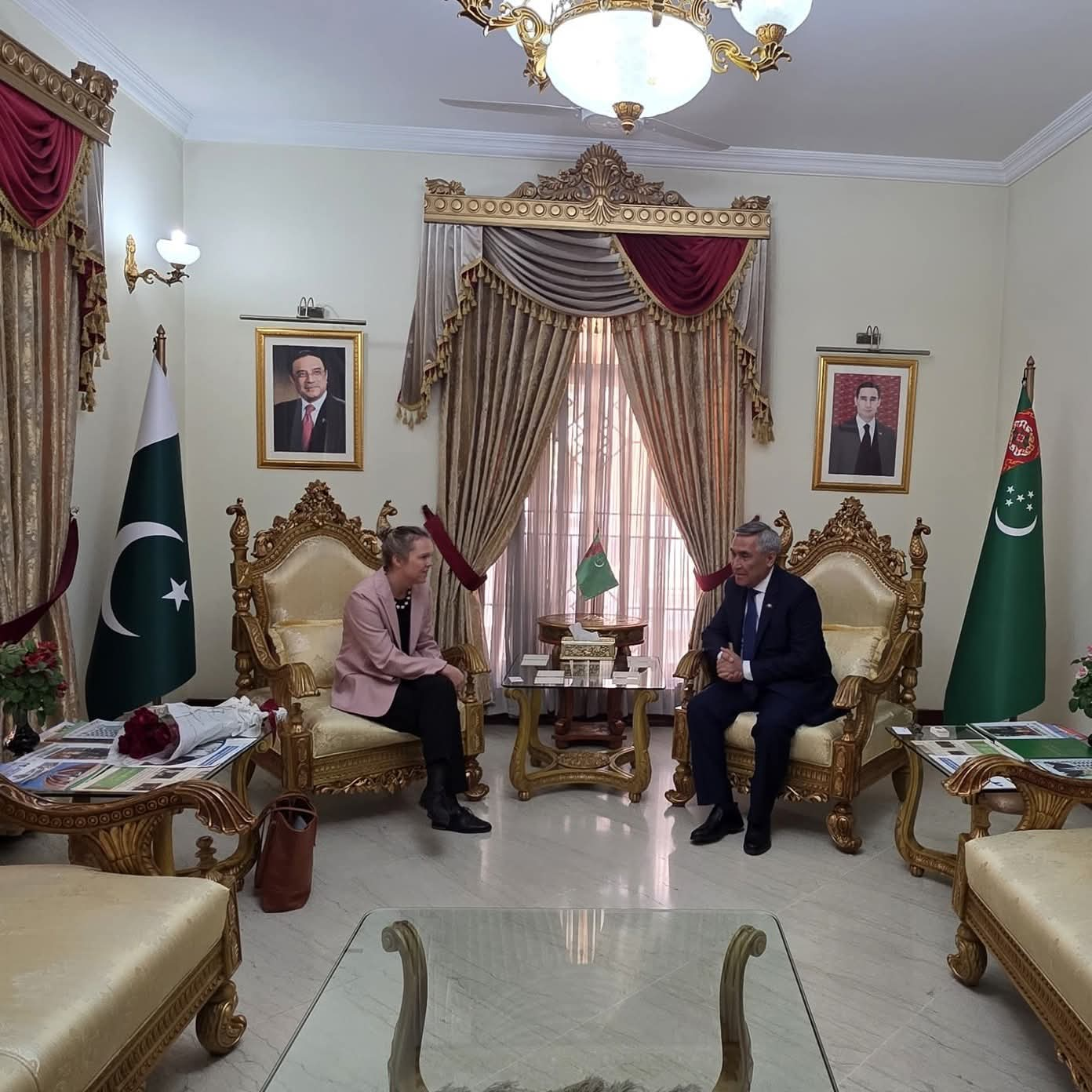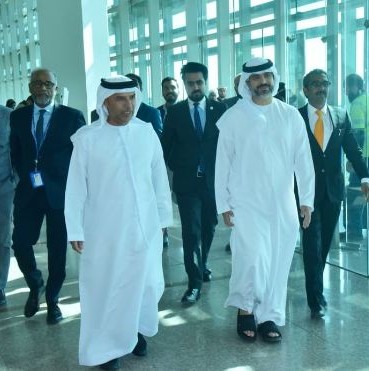One of Romania’s most famous sites, Alba Iulia Citadel transports visitors back 2,000 years to the period of Roman Empire conquest of the Dacian Kingdom. Alba Iulia was also the scene of the first and brief Romanian unification from 1600; a Roman castrum, a medieval fortification, and a sizable citadel under the Habsburg Empire.
However, this remarkable citadel is most known for the day December 1, 1918, when Transylvania chose to unite with Romania, observed as National Day of the nation.
From the Roman to the Habsburg Empire
The Romans started building a castrum on the area of today’s citadel right after the last war against the Dacian Kingdom (105–106 AD). With a surface of 21 hectares, the castrum, Apulum, housed the headquarters of the Gemina Legion XIII engaged in both wars against the Dacians.
Alba Iulia was the center of the Catholic Diocese of Transylvania one thousand years later and a royal fortress beginning with 1177. From this point, its history coincided with the faith of the whole area that would eventually become a principality of the Habsburg Empire at the close of the 17th century. Alba Iulia was the symbolic capital of the first Romanian unification attained under Michael the Brave in 1599 for a fleeting moment.
Austrians chose to establish a citadel capable of resisting Ottoman invasions here, Alba Iulia’s military value grew. Under three different architects, the building activities began in 1715 and continued until 1738 using an amazing workforce of 10,000 serfs from the Transylvania villages.
Built in the Vauban style, the 140 hectares citadel consisted essentially of three layers of fortifications, six gates, many bastions, its own sewage system, food supplies, wells, and all the tools required to support a garrison of up to 10,000 troops.
Ironically, the citadel was not against the Ottoman Empire but rather used for military needs only once. One of the two Transylvanian fortresses still under Habsburg Empire control in the area, the Hungarian army attacked and bombarded the citadel for four months in 1849.
Aba Iulia citadel experienced its best events during World War One, on December 1, 1918, when more than 100,000 Romanians gathered to commemorate the much awaited unification with Romania.
Today, Aba Iulia citadel is the symbol of the Romanian legacy and a historical symbol.

Mr. Muhammad Ali Pasha is a “Foreign Affairs Expert”. Furthermore, he is a author and poet.

